


Joseph R. Anticaglia, MD
Medical Advisory Board
Breast cancer is the second common cancer in the United States after skin cancer. It’s more common than lung, prostate, or colorectal cancers. It accounts for 14% of cancers in the U. S. with 300,900 new cases anticipated in 2023 according to the National Cancer Institute.
Early diagnosis, and treatment are keys to successful outcomes in women with breast cancer. The Food and Drug Administration on March 9, 2023, published updates requiring mammography facilities to notify patients about the density of their breasts. The FDA’s encourages patients to be more aware of breast density, breast mammography reports, and the potential of breast cancer being hidden by dense breast tissue.
“Today’s action represents the agency’s broader commitment to support innovation to prevent, detect and treat cancer,” said Hilary Marston, M. D., M. P. H., FDA’s Chief Medical Officer.
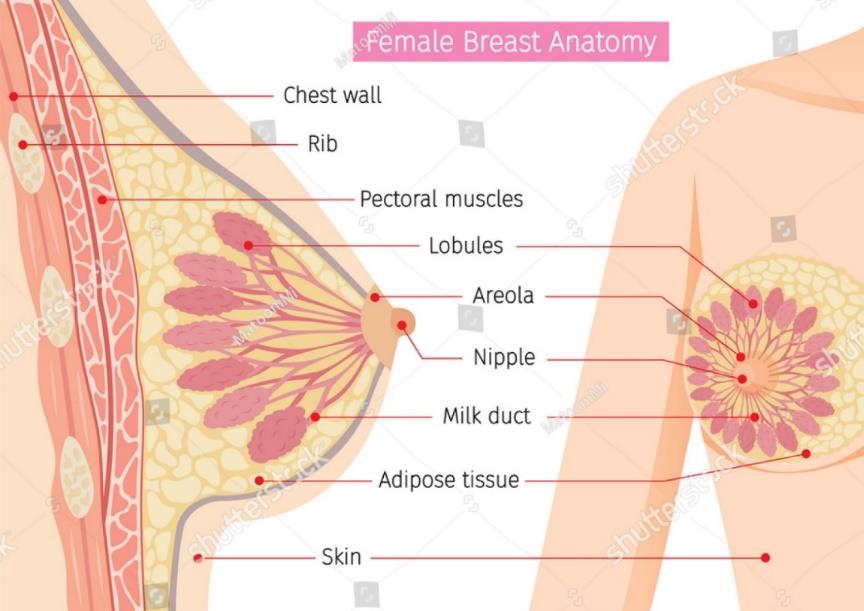
The breasts contain fatty, glandular, and fibrous connective tissues.
Dense breast tissue, as seen on a mammogram, has more fibrous connective tissue and glandular tissue, and less fatty tissue. It is often inherited, but menopausal hormone therapy, and low body mass index are factors associated with breast density. Dense breast tissue is a risk factor for breast cancer, and a radiologist can tell if a woman has dense breasts.
A mammogram uses X-rays (ionizing radiation) to create images of the inside of the breast to check for cancer and other conditions. It can be used for screening to detect cancer, for instance, before there’s a lump in the breast, or to assist in the diagnosis of cancer. Radiologists use mammograms to interpret, and classify breast density into four categories.
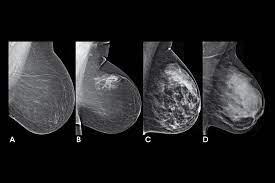
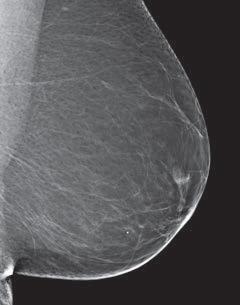
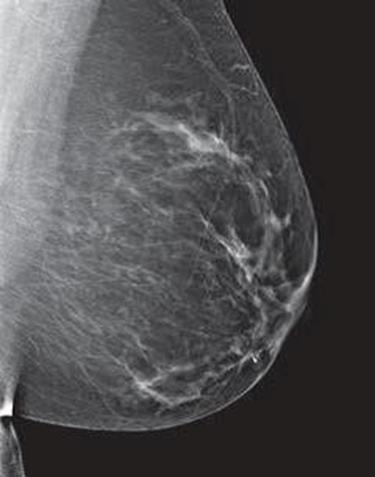
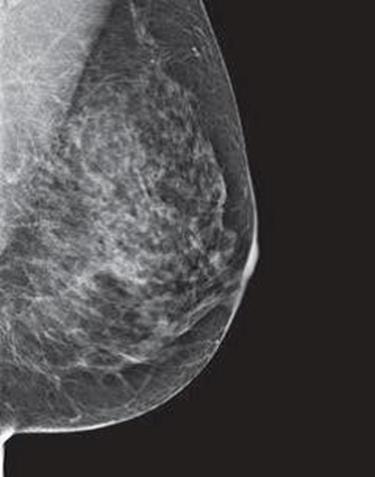

Dense breasts are common findings after a mammogram, and are not considered a disease, or an abnormal condition. However, they are a risk factor for a woman to develop breast cancer. According to doctors at Memorial Sloan Kettering, women with extremely dense breast tissue “are four to six times more likely to get breast cancer than people with the least dense breasts.”
If a mammogram indicates dense breast tissue, discuss the findings with your physician to better understand what steps the both of you should take to minimize the development of breast cancer. Your doctor may advise additional screening, or diagnostic tests for you.
A mammogram is an image study of the breast
NCI — National Cancer Institute
ACS — American Cancer Society
Mammography Quality Standards Act (MQSA) of 1992, is a law passed to ensure quality mammography carried out at different mammography facilities in the U. S. The recent action by the FAA in March of 2023 amends MQSA.
This article is intended solely as a learning experience. Please consult your physician for diagnostic and treatment options.